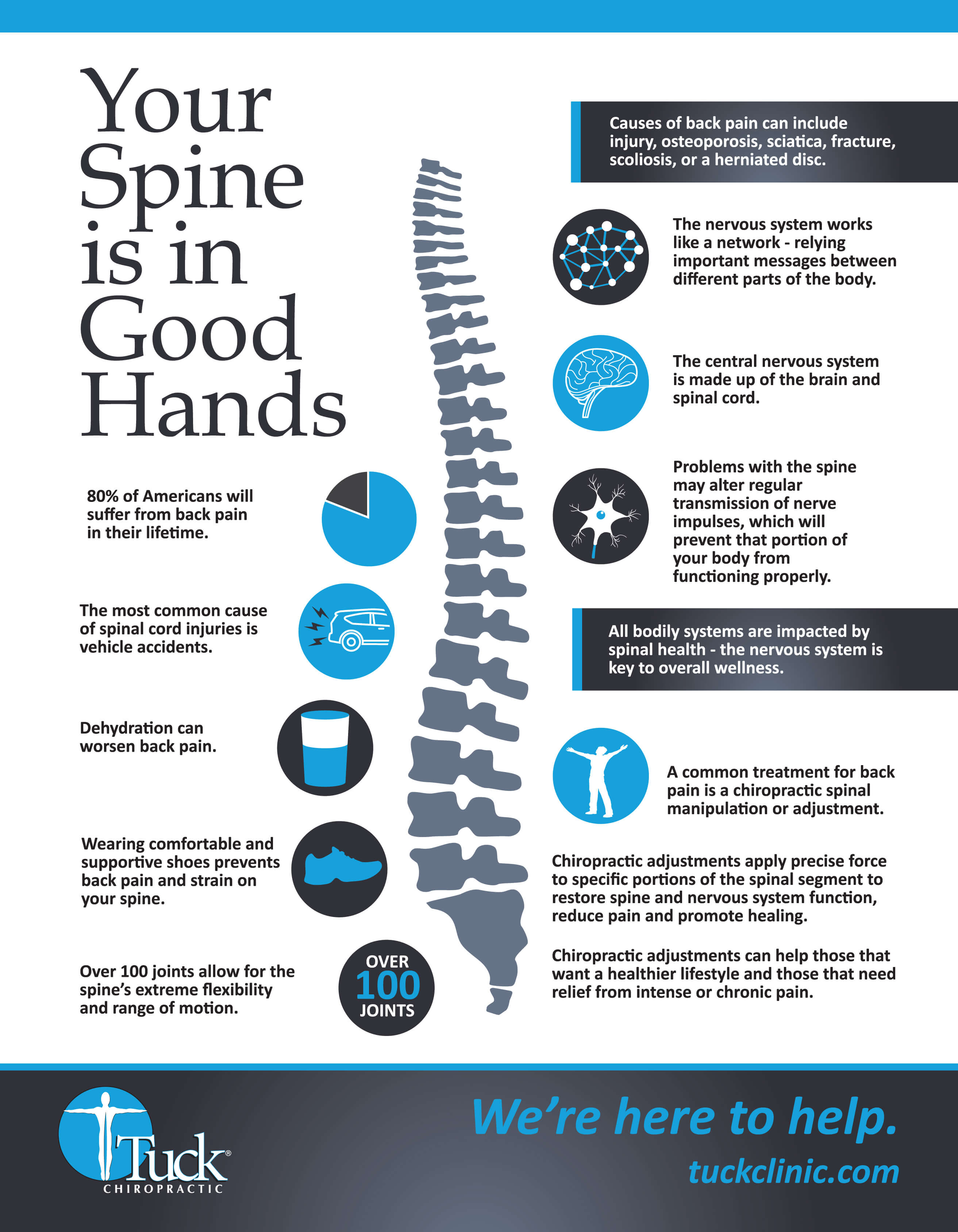Prepare Yourself To Delve Into The Fascinating Globe Of Mobile Interactions In Cold Laser Treatment And Exactly How It Uses Light To Facilitate Healing. Take A Deeper Dive Into The Scientific Facets!
Prepare Yourself To Delve Into The Fascinating Globe Of Mobile Interactions In Cold Laser Treatment And Exactly How It Uses Light To Facilitate Healing. Take A Deeper Dive Into The Scientific Facets!
Blog Article
Developed By-Walls Daley
You may have come across cold laser treatment as an encouraging treatment option for numerous conditions, yet have you ever questioned exactly how it really services a cellular level? Recognizing the systems behind this therapy can clarify its performance in advertising recovery and decreasing inflammation. By exploring stem wave therapy near me behind cold laser treatment, you'll acquire understandings right into the remarkable methods which light can influence mobile processes and promote tissue repair.
How Cold Laser Therapy Functions
To understand exactly how cold laser treatment functions, you require to comprehend the fundamental concepts of just how light energy engages with biological cells. Cold laser treatment, additionally called low-level laser treatment (LLLT), utilizes specific wavelengths of light to penetrate the skin and target underlying tissues. Unlike the extreme lasers made use of in procedures, cold lasers discharge low levels of light that don't generate heat or trigger damage to the tissues.
When cold laser before and after reach the cells, they're soaked up by components called chromophores, such as cytochrome c oxidase in mitochondria. This absorption causes a collection of organic actions, consisting of enhanced cellular power manufacturing and the release of nitric oxide, which improves blood circulation and reduces inflammation.
Moreover, the light power can also stimulate the manufacturing of adenosine triphosphate (ATP), the power currency of cells, aiding in cellular fixing and regeneration procedures.
Fundamentally, cold laser treatment uses the power of light energy to advertise healing and minimize discomfort in a non-invasive and gentle way.
Systems of Action
How does cold laser treatment actually function to produce its therapeutic effects on biological cells?
Cold laser therapy, additionally known as low-level laser therapy (LLLT), runs through a process called photobiomodulation. When the cold laser is put on the skin, the light energy penetrates the cells and is soaked up by chromophores within the cells.
These chromophores, such as cytochrome c oxidase in the mitochondria, are then stimulated by the light power, resulting in a cascade of organic responses. One key mechanism of action is the improvement of mobile metabolism.
The taken in light power increases ATP production in the mitochondria, which is essential for mobile function and repair service. Additionally, stamford quit smoking stamford ct safe laser therapy helps to lower swelling by inhibiting inflammatory moderators and promoting the release of anti-inflammatory cytokines.
This anti-inflammatory effect adds to pain relief and cells healing.
Therapeutic Impacts
Understanding the healing effects of cold laser treatment includes identifying just how the boosted cellular metabolic process and anti-inflammatory buildings add to its positive outcomes on organic cells.
When the cold laser is applied to the affected area, it boosts the mitochondria within the cells, leading to increased manufacturing of adenosine triphosphate (ATP), which is vital for cellular feature and fixing. This increase in mobile energy speeds up the recovery procedure by advertising tissue regrowth and lowering inflammation.
Furthermore, the anti-inflammatory properties of cold laser treatment aid to lower pain and swelling in the targeted location. By inhibiting inflammatory mediators and advertising the launch of anti-inflammatory cytokines, cold laser therapy aids in easing pain and improving the overall recovery reaction.
This decrease in swelling not only offers immediate alleviation yet additionally sustains long-term cells fixing.
Conclusion
To conclude, cold laser therapy functions by stimulating mobile repair and cells regeneration through photobiomodulation. Its anti-inflammatory buildings supply pain relief and lower swelling by hindering inflammatory conciliators.
This treatment provides a comprehensive approach to recovery, supplying both prompt relief and lasting tissue repair service benefits.
Via its systems of action, cold laser treatment confirms to be an effective and appealing treatment alternative for a selection of problems.
